Off Post Pictures
My collection of pictures I shot in the past years, covering Battlefields, Monuments and Cemeterys throughout Europe.
and there's more to come............
________________________________________________
Verdun

A German bunker (inside were roughly 60 bats)
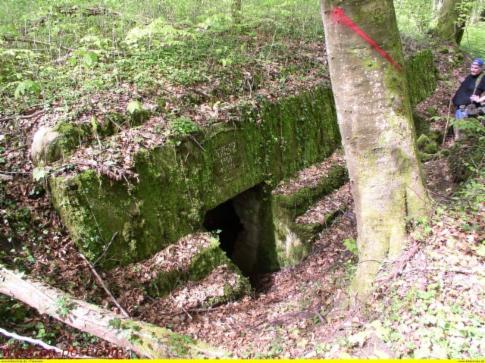
The Germans must have had a lot of time on their hands, considering all these bunkers, we found 9 in one day.
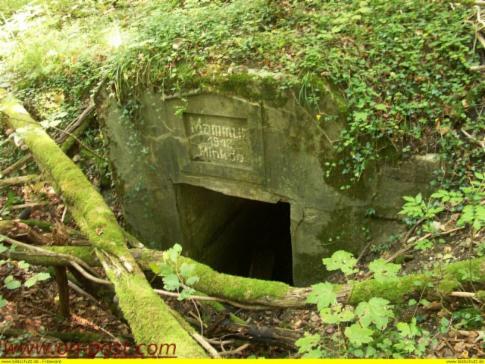
Another German bunker
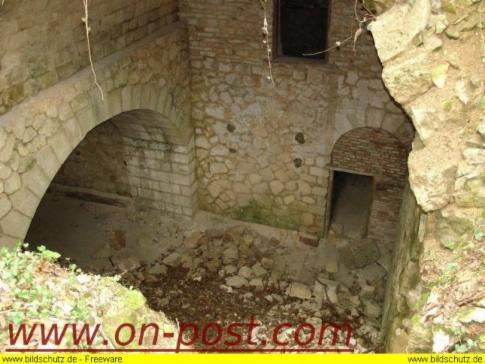
Top view of a French fort hit by a German 280mm shell,it looks worse in real.
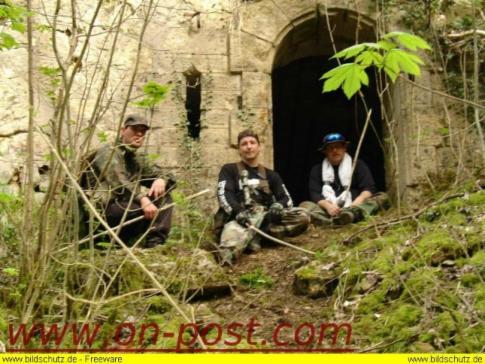
My buddies and me (on the right) after entering a French fort.
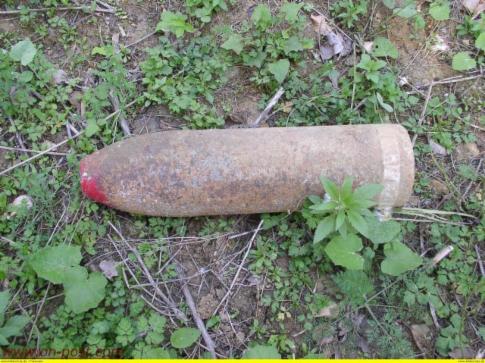
Live ordnance, a 155mm round still on the ground, after 94 years!!
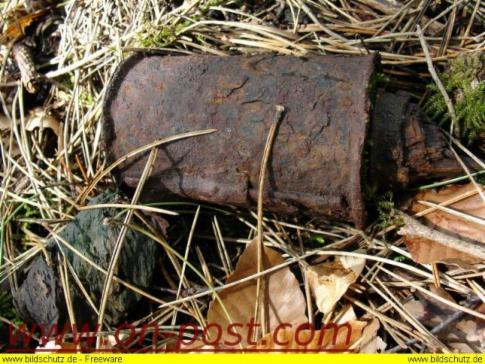
German stick grenade, the ants actually ate the TNT.
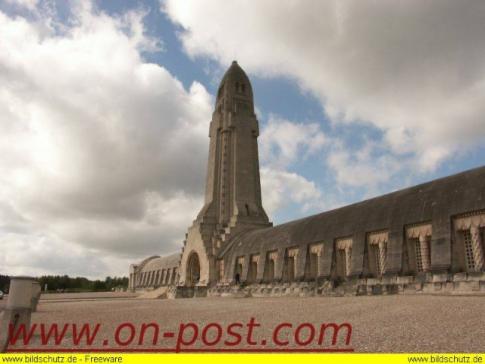
The Verdun Monument, also called the "house of bones,in the buildings basement are unidentified remains of 125.000 soldiers still found in the early 1930's.
______________________________________
Normandy France
June 6 1944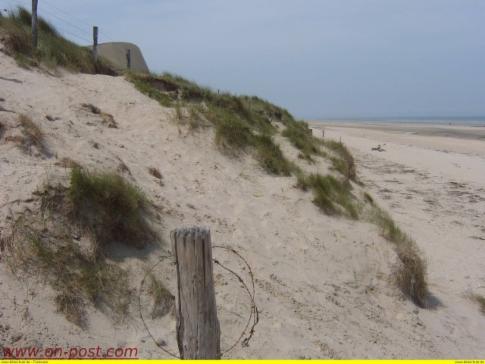
UTAH BEACH
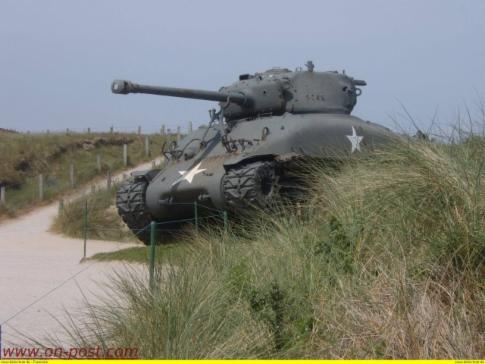
A Sherman coming off Utah beach
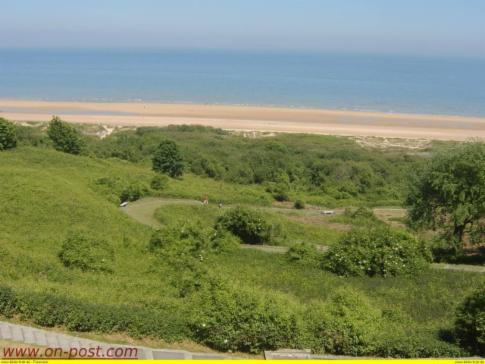
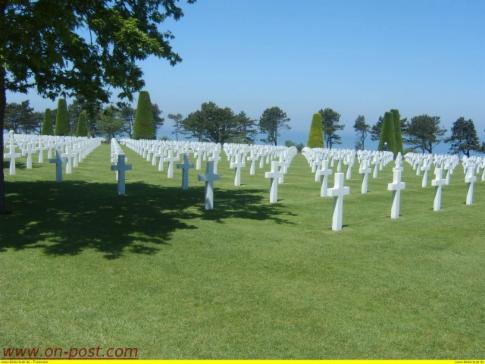
AMERICAN CEMETERY AND MEMORIAL, and yes I saw tourists, looking for Captain Miller (Saving Pvt. Ryan).
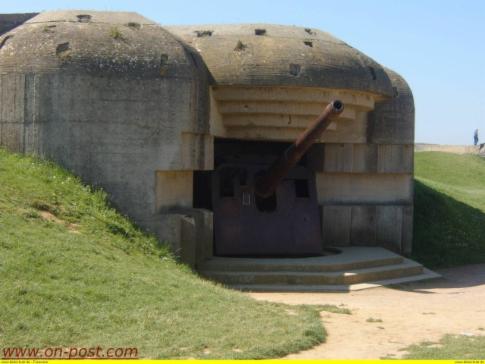
The batteries of Longues
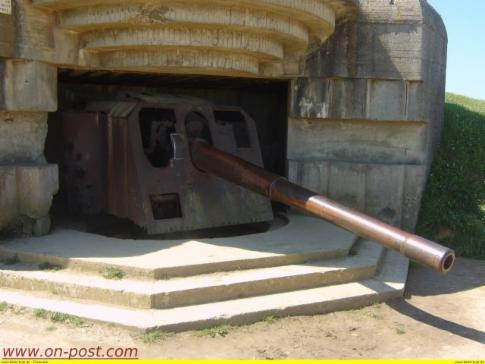
The batteries of Longues, four bunkers with 152 mm German naval guns in each.
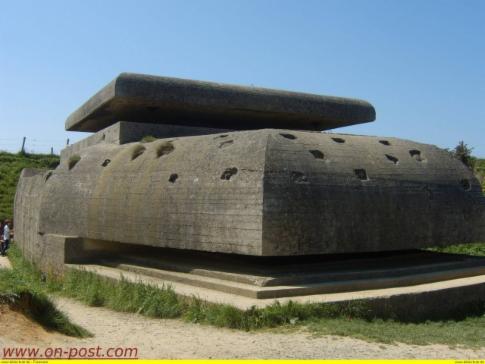
The batteries of Longues, the forward observation bunker.(if you ever saw the longest day movie, you will recognize this bunker)
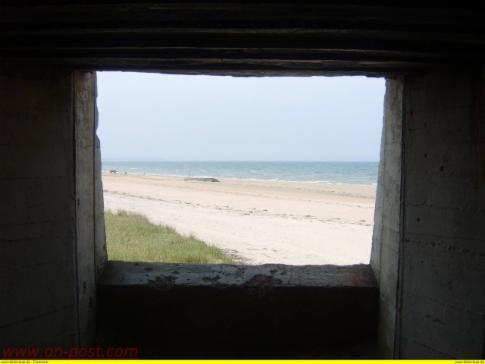
Looking out of a bunker opening, towards Utah beach
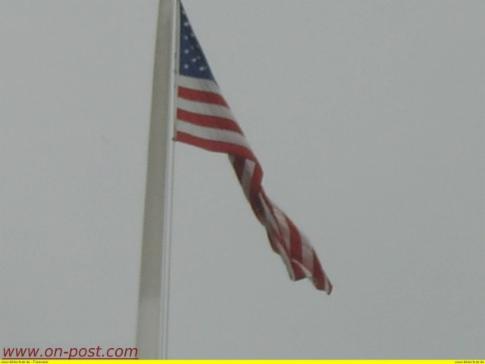
just a beautiful sight.....
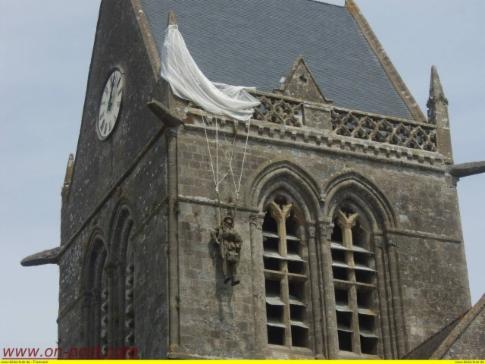
the famous Sainte-Mère-Église bell tower, still hanging in his harness is John Steel- 505 PIR - 82. Airborne Division.
___________________________________
AISNE-MARNE AMERICAN CEMETERY
WWI 1917-1918
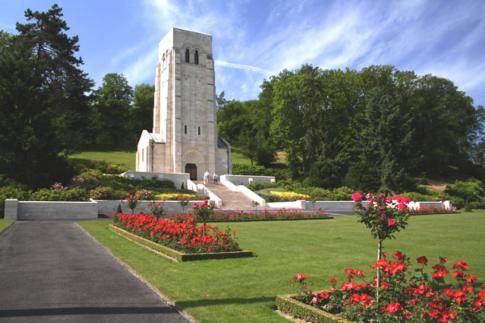
The 42.5-acre Aisne-Marne Cemetery and Memorial in France, its headstones lying in a sweeping curve, sits at the foot of the hill where stands Belleau Wood.
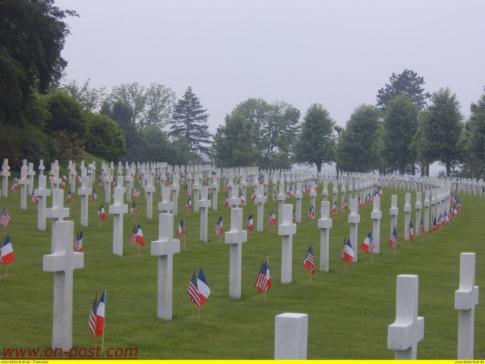
The cemetery contains the graves of 2,289 war dead, most of whom fought in the vicinity and in the Marne valley in the summer of 1918.
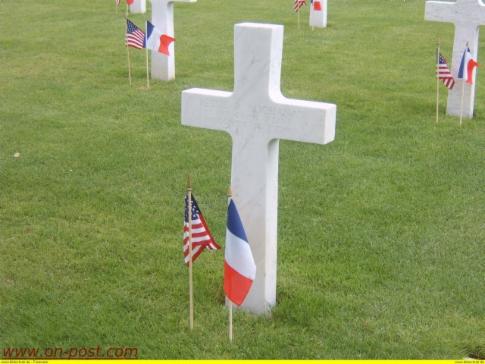
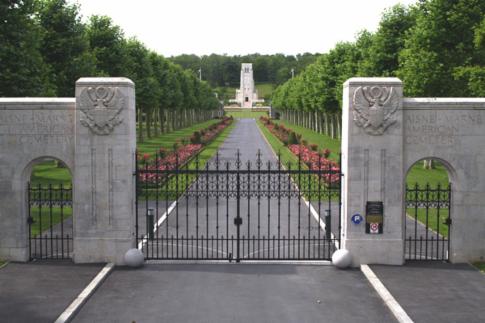
Aisne-Marne American Cemetery lies south of the village of Belleau (Aisne), France, 6½ miles northwest of Chateau-Thierry.
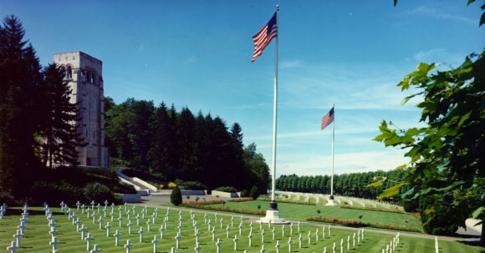
Belleau Wood adjoins the cemetery and contains many vestiges of World War I. A monument at the flagpole commemorates the valor of the U.S. Marines who captured much of this ground in 1918.
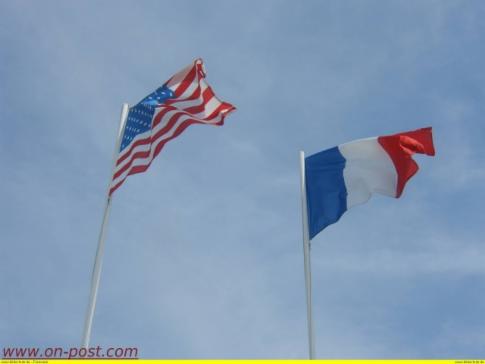
______________________________________________________________________
CHATEAU-THIERRY AMERICAN MONUMENT
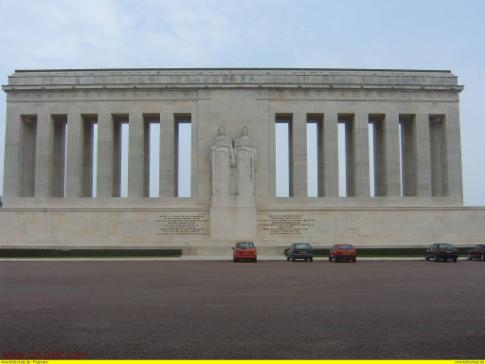
The World War I Chateau-Thierry American Monument is located on a hill two miles west of Chateau-Thierry, France. It commands a wide view of the valley of the Marne River. It is about 54 miles east of Paris, four and a half miles southeast of our Aisne-Marne American Cemetery
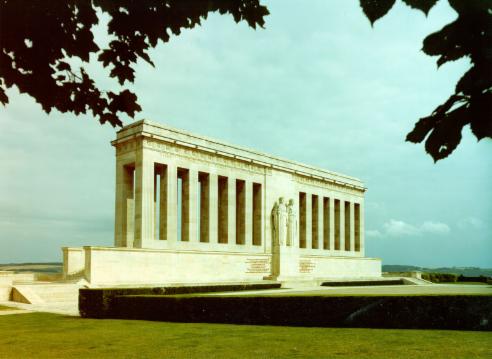
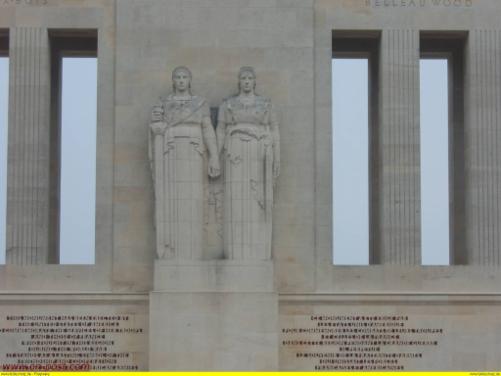
It commemorates the achievements of the American forces that fought in this region in World War I. At the nearby cemeteries rest those Americans who gave their lives in the service of their country. Two stone pylons mark the entrance from Highway N-3 running from Paris to Chateau-Thierry.
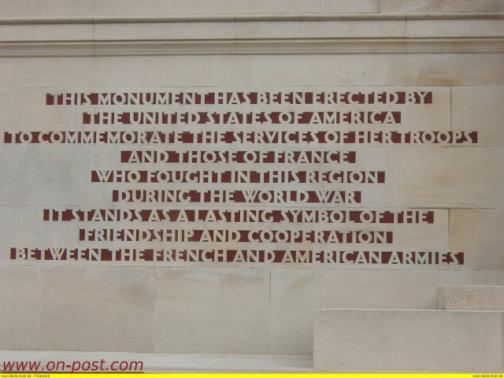
The monument consists of an impressive double colonnade rising above a long terrace. On its west facade are heroic sculptured figures representing the United States and France. On its east facade is a map showing American military operations in this region and an orientation table pointing out the significant battle sites.
__________________________________
AMERICAN CEMETERY AND MEMORIAL
LUXEMBOURG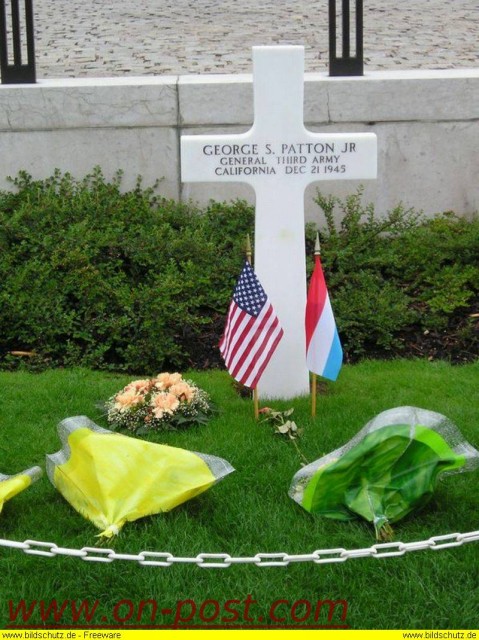
Probably one of the best field commanders in U.S. military history.
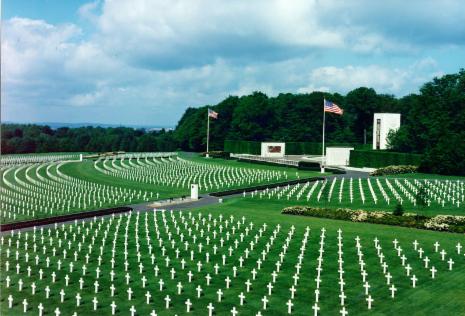
The Luxembourg American Cemetery and Memorial, 50.5 acres in extent, is
situated in a beautiful wooded area. The cemetery was established on
December 29, 1944 by the 609th Quartermaster Company of the U.S. Third
Army while Allied Forces were stemming the enemy's desperate Ardennes
Offensive, one of the critical battles of World War II. The city of
Luxembourg served as headquarters for General George S. Patton's U.S.
Third Army. General Patton is buried here.
____________________________________
Buchenwald
&
Nordhausen- Mittelbau Dora
My Concentration Camp visits What I have encountered in this part of the former East Germany made me sick to my stomach. We all take “Freedom” for granted, and the phrase “the Land of the Free” is manifested in our National Anthem. Freedom wasn’t upon those who were forced into Slave Labor camps or even worse, the Millions who were Murdered in Death Camps throughout Europe during this sick, gruesome and dark time. Seeing these Pictures, made all our efforts we put forward in Europe worthwhile, from those who Liberated Germany from this Tyranny, to those who served in Germany to Preserve the Peace and to establish a more human world. I will not comment the following pictures, I will let them speak for themselves. I just hope that our following generations will learn and won’t have to encounter another sick and dark era like the Third Reich. D.J.McKenna Webmaster on-post.com |
_______________________________
Buchenwald
_____________________________________________________
Mittelbau Dora
| As the 104th US Infantry Division advanced into Thuringia, the unit overran Nordhausen and the Dora-Mittlebau concentration camp on April 11, 1945. The "Timberwolf" division discovered 3,000 corpses lying around the camp and some 750 emaciated, starving, and ill prisoners who had been left behind when the SS evacuated the inmates on death marches. Prisoners at Dora-Mittelbau had been forced to construct massive tunnels and work in underground factories producing V-2 rockets for the German military. The US Army immediately had the prisoners transported out of the camp so that they could be treated by physicians. US authorities also ordered the local townspeople to bury the dead. |
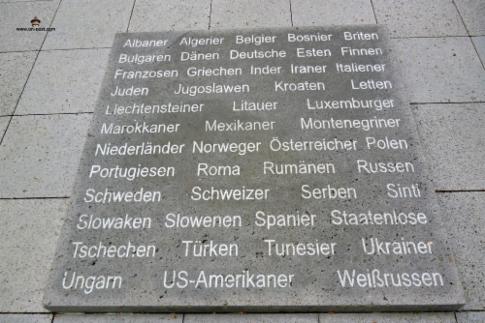
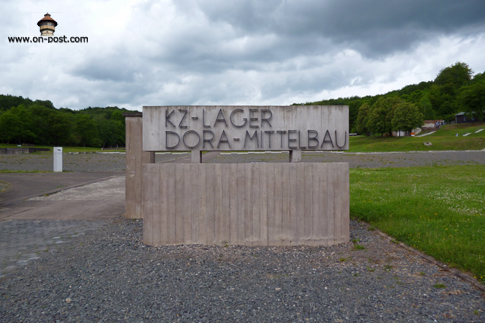
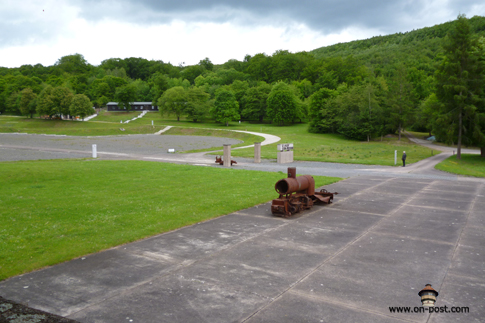
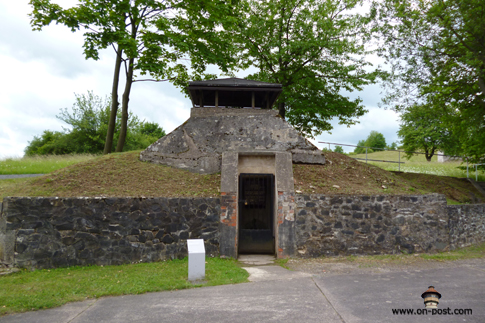
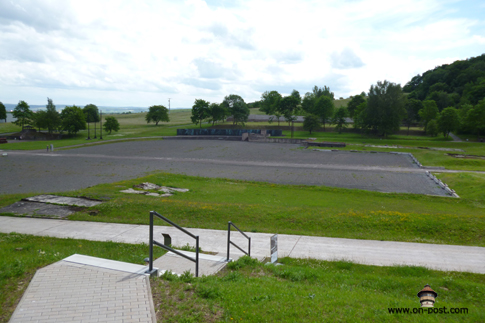
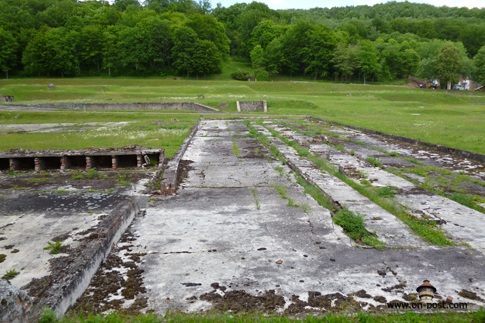
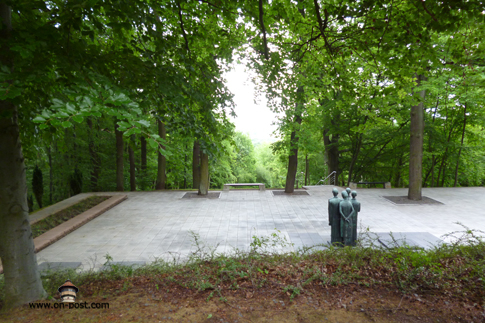
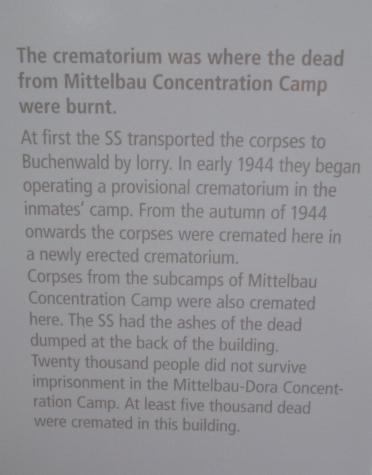
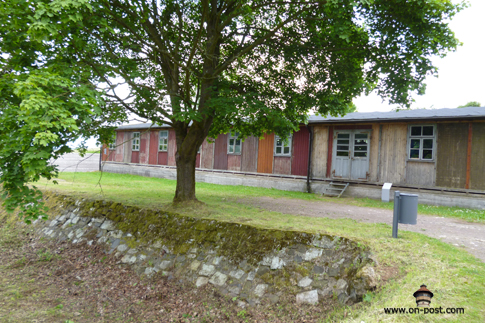
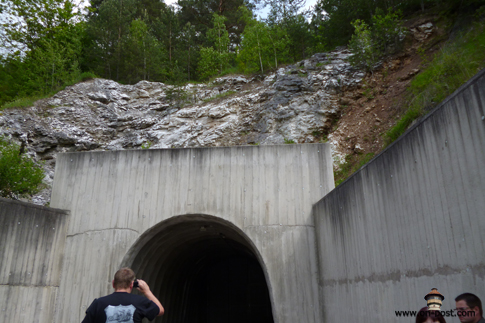
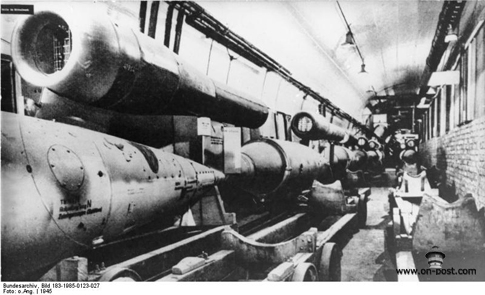
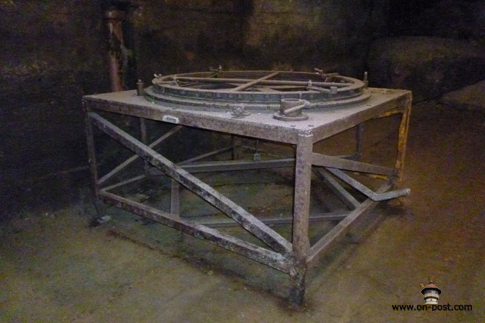
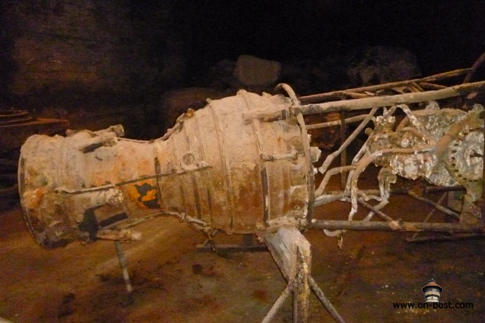
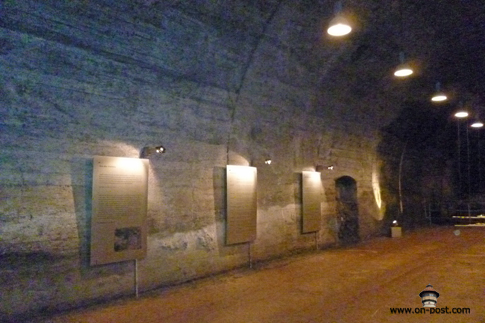
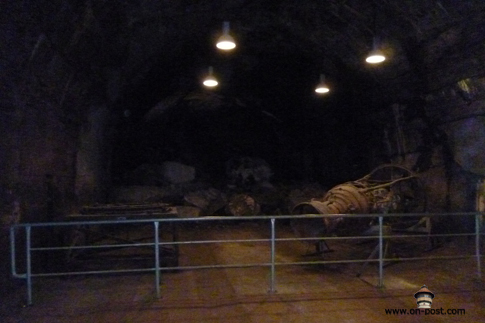
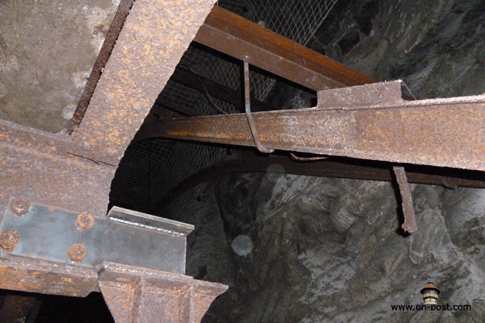
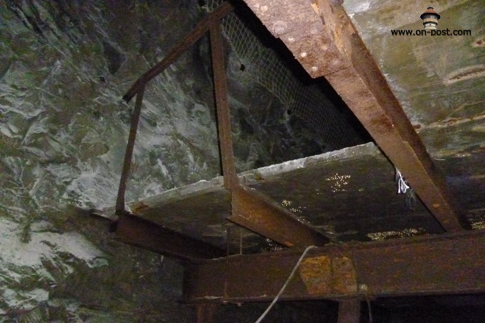
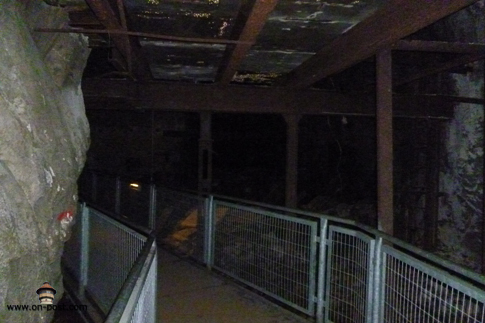
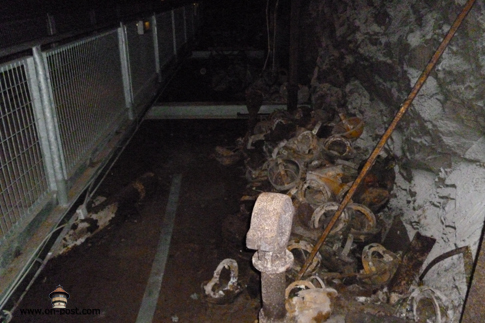
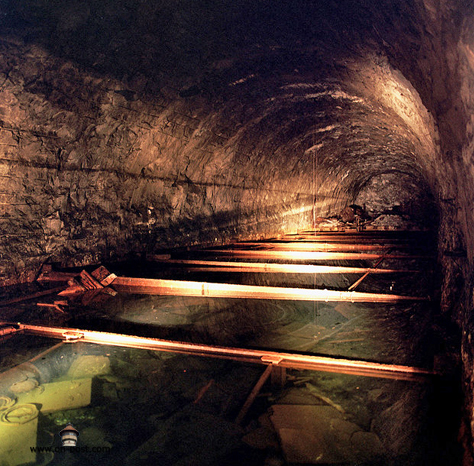
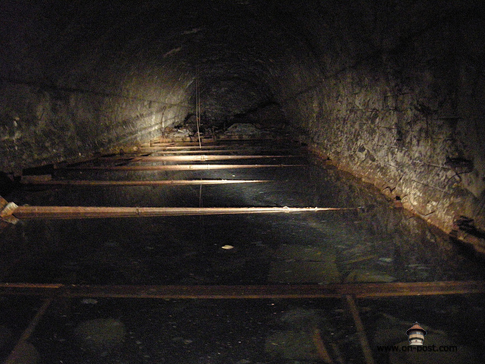
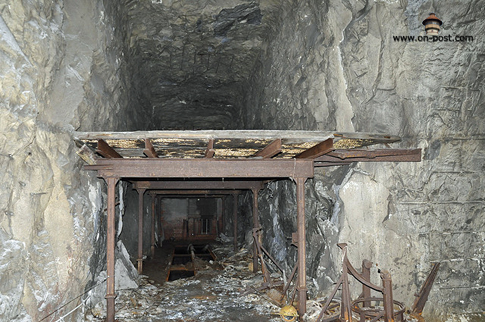
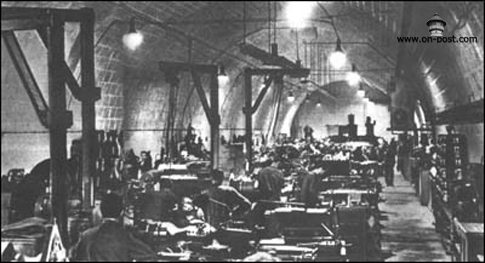
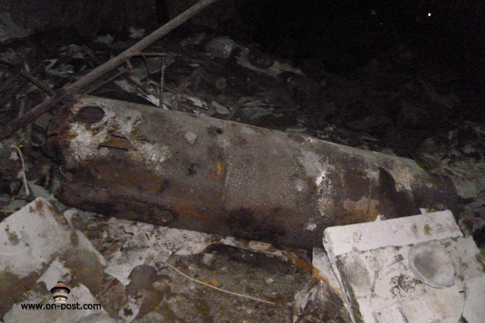
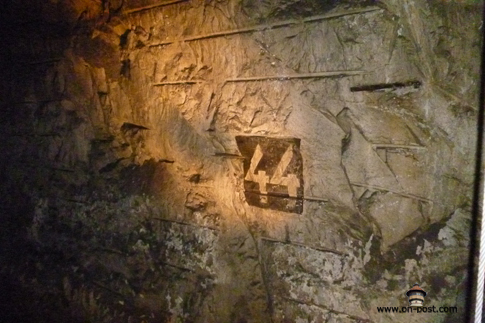
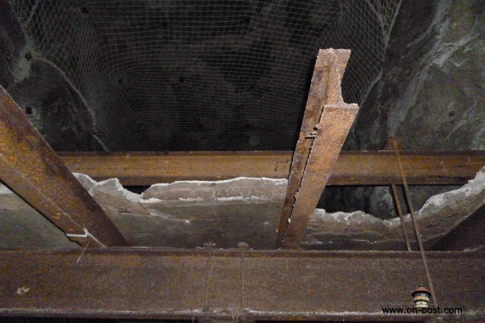
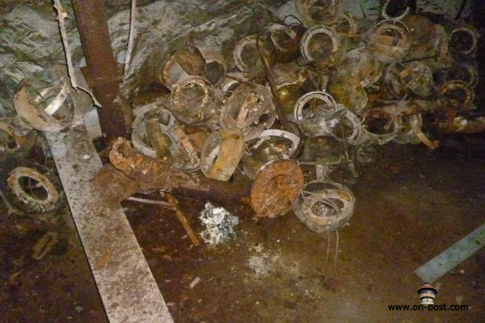
__________________________________
Observation Post Alpha
"Point Alpha"
Fulda Germany
Point Alpha 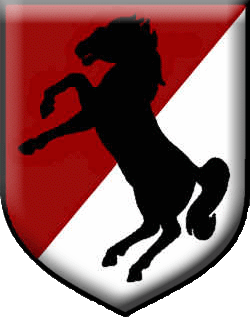 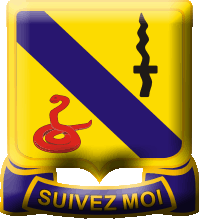 Observation Post Alpha was one of four U.S. Army observation posts along the Hessian German domestic border. OP Alpha was manned by the 1st Squadron, 14th Armored Cavalry Regiment stationed in Fulda and re-flagged as the 11th Armored Cavalry Regiment in 1972. To the north were two other observation points, OP Romero and OP Oscar, manned by the 3rd Squadron, stationed in Bad Hersfeld. The 2nd Squadron was attached to the 2nd Armored Cavalry Regiment, to the south. Jeeps and helicopters were used to patrol the areas in between, with occasional increased border activity with armored vehicles. Today, "Point Alpha" is the name of a museum on the road between Geisa (Thuringia) and Rasdorf village (Hesse). OP Alpha fulfilled NATO defence reconnaissance with its view of Geisa, then the western-most city of the Eastern Bloc; the Warsaw Pact had counterpart observation posts on their side of the Iron Curtain. |
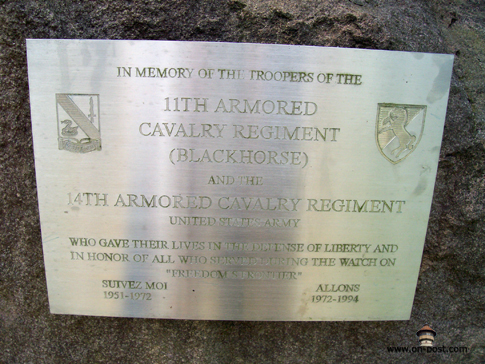
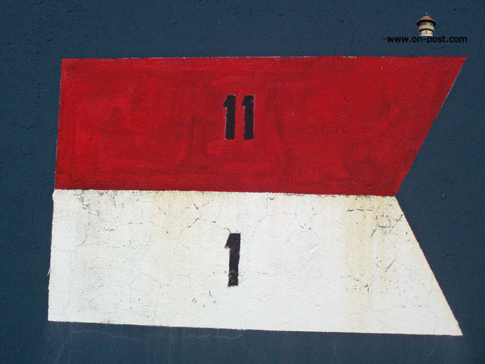
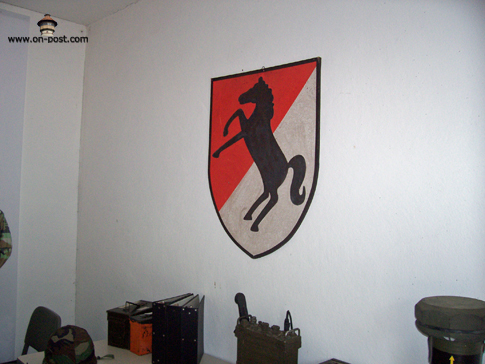
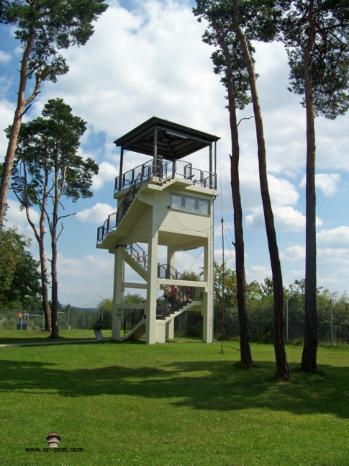
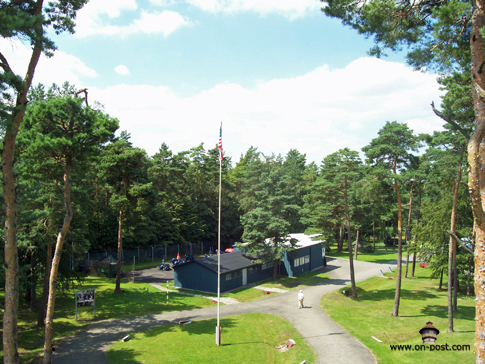
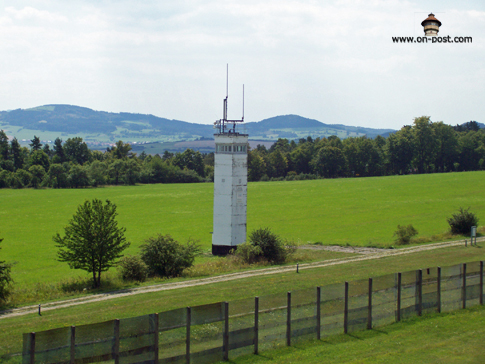
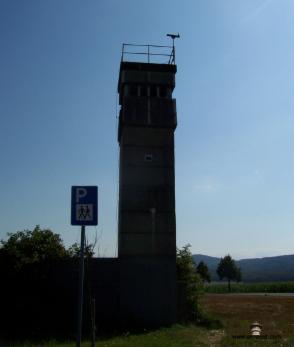
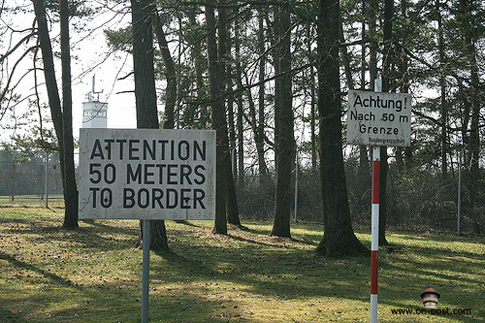
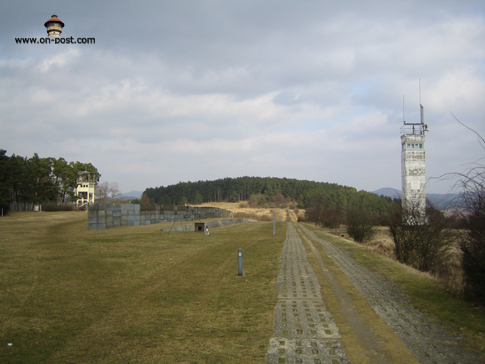
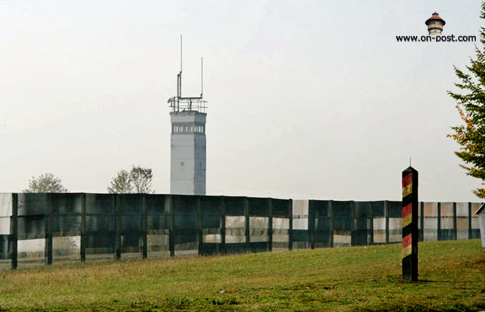
______________________________________________________


_____________________________________________________________________________________________________________________
Graphics, Articles and photos on this web site are posted by permission of their owners and are for viewing only. They are not for general distribution, nor for use on other websites, unless permitted by the web master or the original owner. If you find any files on this site that you believe are unauthorized, please contact the web master immediately so that the issue can be resolved.
___________________________________________________